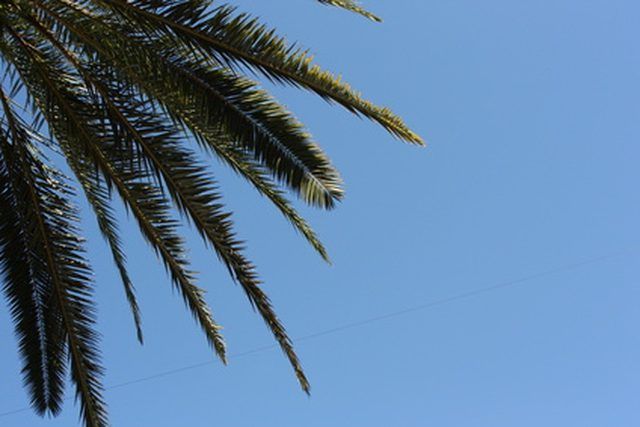Bulbs
Flower Basics
Flower Beds & Specialty Gardens
Flower Garden
Garden Furniture
Garden Gnomes
Garden Seeds
Garden Sheds
Garden Statues
Garden Tools & Supplies
Gardening Basics
Green & Organic
Groundcovers & Vines
Growing Annuals
Growing Basil
Growing Beans
Growing Berries
Growing Blueberries
Growing Cactus
Growing Corn
Growing Cotton
Growing Edibles
Growing Flowers
Growing Garlic
Growing Grapes
Growing Grass
Growing Herbs
Growing Jasmine
Growing Mint
Growing Mushrooms
Orchids
Growing Peanuts
Growing Perennials
Growing Plants
Growing Rosemary
Growing Roses
Growing Strawberries
Growing Sunflowers
Growing Thyme
Growing Tomatoes
Growing Tulips
Growing Vegetables
Herb Basics
Herb Garden
Indoor Growing
Landscaping Basics
Landscaping Patios
Landscaping Plants
Landscaping Shrubs
Landscaping Trees
Landscaping Walks & Pathways
Lawn Basics
Lawn Maintenance
Lawn Mowers
Lawn Ornaments
Lawn Planting
Lawn Tools
Outdoor Growing
Overall Landscape Planning
Pests, Weeds & Problems
Plant Basics
Rock Garden
Rose Garden
Shrubs
Soil
Specialty Gardens
Trees
Vegetable Garden
Yard Maintenance
What Is the Root Base of a Queen Palm Tree?
What Is the Root Base of a Queen Palm Tree?. The Queen palm tree is a popular one to plant near concrete sidewalks in the southeast U.S. due to its small, short root base. While this makes the tree relatively easy to transplant, it also makes it easy to blow down. The tree is well known for uprooting in strong winds and hurricanes.

The Queen palm tree is a popular one to plant near concrete sidewalks in the southeast U.S. due to its small, short root base. While this makes the tree relatively easy to transplant, it also makes it easy to blow down. The tree is well known for uprooting in strong winds and hurricanes.
Identification
The Queen palm tree, common name for Syagrus Romanzoffianum, is also known as Cocos Plumose. It was brought to the U.S. from Brazil and is popular in subtropical and tropical climates for its appearance and low maintenance. According to the Florida Palm Trees website, the Queen palm has a smooth trunk, feathered leaves that grow up rather than out, and can reach a height of 50 feet. It has a weak, shallow root system.
Root Base
The Queen palm's root base is known as a noninvasive type so the tree is popular to plant around swimming pools and walkways. As the tree grows, the roots spread wider but only usually as wide as the fronds, which can spread 12 feet. The roots are from 1 to 4 feet deep. It is recommended that the tree be watered in a wider area as the tree grows to give the roots the moisture they need.
Transplanting
Because of its root base, the Queen palm is relatively easy to transplant. The University of Florida notes that palms have a large number of roots from a small area at the base of the trunk and these roots stay the same diameter as when they first emerge from the root-initiation zone. In Queen palms, survival of existing roots cut in transplanting is critical because so few new ones will be produced.
Potting
The Queen palm is easily potted because of its short and small root base. It can be grown both indoors and outdoors in containers for a time. Because the tree can suffer from micro-nutrient deficiencies, it should be fertilized regularly. Keep the soil moist but not soggy. Once its roots are visible, it's time to transplant the tree to either a larger container or to the yard. It is hardy to 20 degrees Fahrenheit.
Support
Because of its shallow root system, tall transplanted trees must be supported to prevent them from toppling over. The University of Florida warns that deep planting is not a substitute for mechanical support. Wooden supports must not be nailed into the trunk as any wounds are permanent and allow bacteria to enter the tree. Strap boards to the tree and then nail supports into the boards. Any support should remain in place for a year.